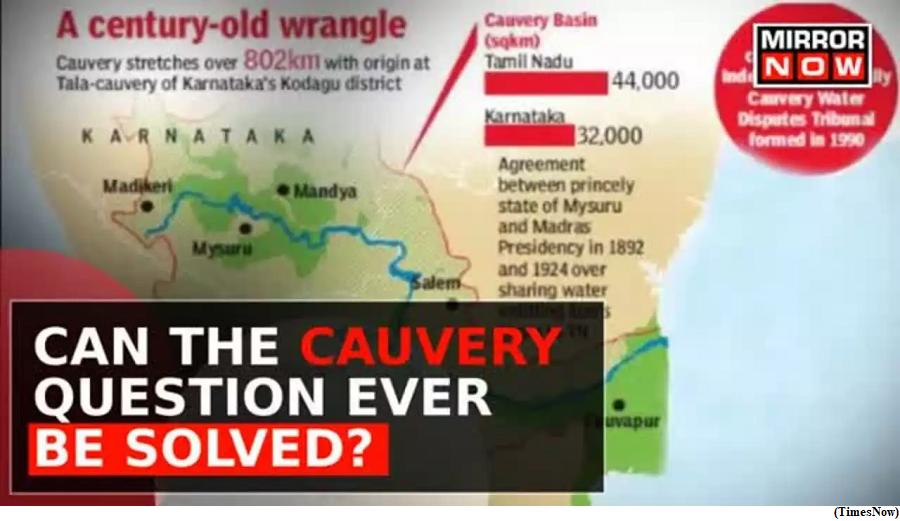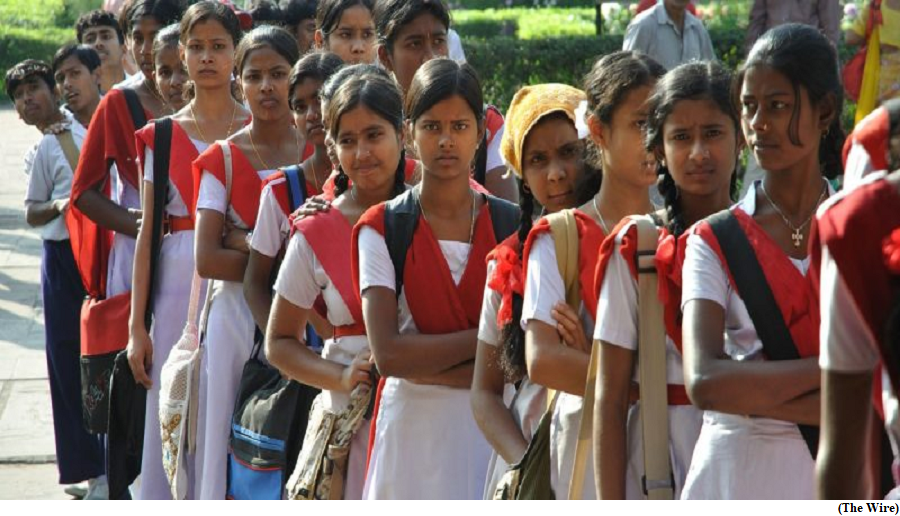Indian Standards on Biofuel to Aid GBA Clean Energy Goals (GS Paper 3, Environment)

Why in news?
- The Bureau of Indian Standards (BIS), commits to complement the green initiatives of the country through development of relevant standards.
- TheIndian Standards will significantly complement the objectives of Global Biofuel Alliance (GBA), the multilateral forum announced by Prime Minister during G20 leaders’ summit held recently in New Delhi.
BIS has developed the following nine Indian standards on biofuels:
- IS 15464 : 2022 Anhydrous Ethanol for Use as Blending Component in Motor Gasoline - Specification
- IS 15607 : 2022 Biodiesel B-100 - Fatty Acid Methyl Esters FAME – Specification
- IS 16087 : 2016 Biogas (Biomethane) - Specification (First Revision)
- IS 16531 : 2022 Biodiesel Diesel Fuel Blend B8 to B20 Specification
- IS 16629 : 2017 Hydrous ethanol for use in ED95 automotive fuel – Specification
- IS 16634 : 2017 E85 fuel (Blend Of Anhydrous Ethanol And Gasoline) – Specification
- IS 17021 : 2018 E 20 fuel - Admixture of anhydrous ethanol and gasoline - As fuel for spark ignited engine powered vehicles – Specification
- IS 17081: 2019 Aviation turbine fuel (Kerosene Type, Jet A - 1) containing synthesized hydrocarbons - Specification
- IS 17821: 2022 Ethanol as a Fuel for Use in Positive Ignition Engine Powered Vehicles - Specification
Significance:
- The development of standard on paraffinic (green) diesel, that is derived from 2G feedstock, is also under progress. With the help of these set of standards, BIS believed, increased capacity of biofuel production can be achieved and will provide multipronged benefits.
- It will not only help in meeting the target of net zero by 2070 and 50% energy through renewable sources, but will also contribute in achieving several other objectives such as Make in India, Atmanirbhar Bharat, Waste to Wealth, and increasing farmers’ income to name a few.
Global Biofuel Alliance (GBA):
- During the 18th G20 Summit under the presidency of India at New Delhi, the G20 leaders launched the Global Biofuel Alliance (GBA), a forum of 30 countries and international institutions to facilitate the adoption of biofuels.
- GBA is an India-led initiative towards the goal of sustainability and clean energy.
- It aims at achieving worldwide development and deployment of sustainable biofuels through formulation of national policy, development of marketplace, evolution of technological competency, and adoption and implementation of internationally recognized standards and codes of practice.
Biofuel trends:
- USA, Brazil, and India are the major producers and consumers of biofuels. These three countries collectively contribute to 85% production and 81% consumption of ethanol globally.
- The global ethanol market was valued at 99 billion USD in 2022 and is expected to grow at a compounded annual growth rate of 5% by 2032, creating a huge opportunity for Indian industries and contributing to farmers’ income, job creation and overall development of the Indian ecosystem.
Prospects in India:
- It was estimated that currently, about 98% of the fuel requirement in India for transportation sector is met by fossil fuels and the remaining 2% by biofuels. India's import of petroleum in 2020-2021 costed about 55 billion dollars to the exchequer.
- More recently, the Russia-Ukraine war has spiked global oil prices and import of oil and gas with inflated prices has further burdened the Indian economy. Blending of ethanol up to 20% with gasoline will lead to savings of around 4 billion dollars.
- Hence, Indian Oil Manufacturing Companies (OMCs) are working towards provisioning new distilleries for production of 1G and 2G ethanol and Indian vehicle manufacturers are developing engines compliant with ethanol blended fuel.
- Government has also started an interest subvention scheme for molasses and grain based distilleries to promote ethanol production.
- It is also foreseen that flex fuel vehicles, which are capable of utilising ethanol blended gasoline up to 85%, and are already operational in the USA and Brazil, are soon to make an entry in India.
The Cauvery water conundrum
(GS Paper 2, Polity and Governance)
Why in news?
- Recently, the Supreme Court asked Karnataka to continue releasing 5,000 cubic feet per second (cusecs) of water from the Cauvery River to Tamil Nadu for 15 days, in line with decisions of the Cauvery Water Regulation Committee (CWRC) and the Cauvery Water Management Authority (CWMA).
- This has evoked a strong reaction from certain sections of Karnataka, an upper riparian State.

How is the Cauvery water being shared?
- The Cauvery Water Disputes Tribunal (CWDT)’s final award of 2007 and the Supreme Court’s judgment of February 2018 spell out the system for sharing the river water and the institutional mechanisms for ensuring implementation of the judicial verdicts.
- Pointing out that 740 thousand million cubic feet (tmc ft) of water would be available in the Cauvery basin in a normal year, the Court, which broadly adhered to the CWDT’s award, made the allocation for constituents of the basin as follows: Karnataka (284.75 tmc ft); Tamil Nadu (404.25 tmc ft); Kerala (30 tmc ft) and Puducherry (7 tmc ft). Ten tmc ft and four tmc ft have been set apart for environmental protection and inevitable escapages into the sea.
- Of Tamil Nadu’s overall allocated quantity, Karnataka is to ensure 177.25 tmc ft, as per a monthly schedule, at Biligundulu, located on the inter-State border.
- Of this quantity, 123.14 tmc ft is to be given during the period from June to September, also marking the season of the southwest monsoon. Invariably, it is during this period that the Cauvery issue gets flared up, as the monsoon sometimes yields lower rainfall than anticipated.
- The CWMA and its assisting body, CWRC, are in existence since June 2018 to oversee the implementation of the verdicts of the Tribunal and the Court.
Why are Karnataka’s farmers upset?
- In 2023, Southwest monsoon has played truant, especially in south interior Karnataka, the region where the Cauvery River originates. Between June 1 and September 23, the region suffered a deficit rainfall of 27%, according to the India Meteorological Department.
- Kodagu of Karnataka and Wayanad of Kerala, which form part of the catchment of the Cauvery and its tributary, Kabini, registered a deficit rainfall of 43% and 56% respectively.
- Karnataka, in its application before Court, had stated that “...at the reservoir level, which covers a part of the catchment, the shortfall is 53.42%,” given the fact that the State has four reservoirs in the Cauvery basin.
- The State, especially in urban areas like Bengaluru, was on “the brink of a drinking water crisis” whereas Tamil Nadu was in need of water for irrigation. It also added that the distress in Karnataka had increased in the past 15 days.
How serious is the situation in T.N.?
- Being the lower-riparian State in the Cauvery basin, Tamil Nadu is mainly dependent on releases by Karnataka, particularly during the southwest monsoon, as it falls under the rain shadow region in the season.
- As per the data of the Central Water Commission available up to September 21, the State received 40.76 tmc ft, whereas it should have got 112.11 tmc ft in a normal year.
- Even after giving allowance for the failure of the monsoon and the quantum of shortfall as quoted by Karnataka, Tamil Nadu contends that it should have got at least 7.8 tmc ft more (as on September 12).
- It is in need of water for at least three lakh acres over which a short-term crop (kuruvai) has been raised. Already, there are reports of the crop being at risk of withering in many places.
- However, the State will require, in the coming weeks, much more water for its long-term crop of 125-135 days (samba), which is normally raised over 15 lakh acres, providing livelihood opportunities to lakhs of landless labour.
- A substantial portion of the farming activity under the samba crop takes place during the northeast monsoon (October-December), which is much more unpredictable than the southwest.
- In addition to serving irrigation, the Cauvery is the main source of drinking water for several districts in the State.
What is the way forward?
- It is time that the CWMA along with the constituents finalised a distress-sharing formula. There have been differences over the choice of parameters that determine such a formula.
- Making use of the present crisis, the Authority should take the initiative in convincing all the stakeholders in evolving the proposed formula.
Parliament panel on NEP
(GS Paper 2, Education)
Why in news?
- The Parliament Standing Committee on Education, headed by Bharatiya Janata Party (BJP) MP Vivek Thakur, tabled a report during the special session of Parliament on the “Implementation of the National Education Policy (NEP), 2020 in Higher Education.”

What did the report say?
- The report looked at the salient features of the NEP’s implementation in the higher education sector and the progress made so far.
- The report noted that of the 1,043 universities functioning in the country, 70% are under the State Act and that 94% of students are in State or private institutions with just 6% of students in Central higher educational institutions, stressing the importance of States in providing higher education.
What were the issues discussed?
- The 31-member panel tried to discuss issues such as the rigid separation of disciplines, limited access to higher education in socio-economically disadvantaged areas, lack of higher education institutes (HEIs) that teach in local languages, the limited number of faculty, lack of institutional autonomy, lesser emphasis on research, ineffective regulatory system and low standards of undergraduate education.
- The panel said that by 2030, every district in the country should have at least one multidisciplinary HEI and that the Gross Enrolment Ratio in higher education, including vocational education, should be increased from 26.3% in 2018 to 50% by 2035.
What were the recommendations?
- The panel asked the Union Government and the State Governments to take actions such as
- earmarking suitable funds for the education of Socially and Economically Disadvantaged Groups (SEDGs),
- setting clear targets for higher Gross Enrolment Ratio for SEDGs, enhancing gender balance in admissions to HEIs,
- providing more financial assistance and scholarships to SEDGs in both public and private HEIs,
- making admission processes and curriculum more inclusive, increasing employability potential of higher education programmes and for developing more degree courses taught in regional languages and bilingually.
- The panel also recommended specific infrastructural steps to help physically challenged students and a strict enforcement of all no-discrimination and anti-harassment rules.
- The Committee appreciated the manner in which the NEP was implemented in Jammu and Kashmir. It said that the Union Territory was among the first in the country to implement NEP from the academic session 2022 in all its higher educational institutions.
- The panel witnessed a paradigm shift in the methods of teaching, leading to lifelong learning opportunities to students.
What about funding?
- The Committee suggested improving the effectiveness and impact of the Higher Education Financing Agency (HEFA) in funding HEIs.
- It asked the HEFA to diversify its funding sources beyond government allocations and explore partnerships with private sector organisations, philanthropic foundations, and international financial institutions.
- It recommended reviewing and adjusting the interest rates on loans provided by HEFA “to make them more competitive and affordable” for HEIs.
What about the multiple entry multiple exit programme?
- The panel said that Indian institutions were likely to face several issues in implementing the multiple entry and multiple exit (MEME) system.
- While the MEME looked like a flexible system, which was being operated by Western educational institutions effectively, it might not work well in the country.




